Escaping War on Ocean Island (Banaba)
- Banaban Voice

- Aug 29, 2019
- 7 min read
Updated: Apr 21, 2021
The day Japan bombed Pearl Harbour they turned south-east to drop bombs on Ocean Island a few hours later...
Ocean Island (Banaba) is a small 6sq klm island located just south of the equator. It was annexed by Britain after one of the riches discoveries of phosphate in 1900 and became part of the British crown colony of the Gilbert and Ellice Islands in 1914. This discovery would see the indigenous inhabitants - the Banabans begin a struggle to save their homeland and their forced relocation to Rabi, Fiji at the end of World War II.
But by the end of 1941 as War was spreading across Europe, the Island's Colonial government and the mining company's (1) 60 European staff were becoming increasing alarmed.
After the outbreak of war with Germany, the Ocean Island Defence Force was reactivated on a voluntary basis and formed into a number of sections from the Island’s European staff. The volunteers were issued batons made in the Company’s carpenters’ shop. Regular meetings were held at the Island’s recreational Rifle Club where a stock of 303s(2) rifles were kept.
Two detachments of about 50 men with two 18-pdr guns drawn from the 2/13 Australian Army Field Regiment were sent to Banaba in February 1941 to garrison Nauru and Banaba against a possible repeat of raider attacks. These were known as Heron Force (Banaba) and Wren Force (Nauru). Two new detachments were raised in Sydney, known as the Ocean Island Force and the Nauru Force, and these were sent to relieve Heron and Wren Forces in August 1941(3).
When the local Ocean Island Defence force became an armed compulsory unit in December 1941 all the Europeans were enlisted except those in essential daily services. By this stage the small Australian Army garrison had been on the Island since February.
Early on 8 December 1941, news was broadcast to the effect that Japan had attacked Pearl Harbour, Hawaii. By 8 am on the same day, a plane circled several times over Banaba and dropped three bombs in the vicinity of the new Government Residency. Fortunately, there were no casualties nor damage to property, and the plane then proceeded in the direction of Nauru.
On the following day, three planes circled over the Island once again and this time they dropped over a dozen bombs on the Residency area, and did a great deal of machine gunning, but again no casualties occurred. This led to the immediate construction of air raid shelters. Patrols were organised by the troops and the Defence Force and Coast Watchers stationed at various points.
From 10 December 1941, the Island was subject to daily reconnaissance by enemy aircraft, though bombing was considerably reduced to the Residency area at Bukinterike.
During this period, some of the Company’s money was hidden in the Eastern mining area. This money was never recovered post war. There was only a certain amount of money in circulation on the island and after a couple of pays to the Island and Chinese labour contingents (European staff were not paid in cash) money reserves became low. The Trade Store received its last supplies from Australia in October 1941. With the outbreak of hostilities food items in the Trade Store were by and large withdrawn from sale and reserved for rations. Other Trade stocks were gradually exhausted. With only the ability to make limited purchases not much money came back into the system. In the end by agreement with the Resident Commissioner, the Company produced ‘Roneod’(4) paper money.
On receipt of information that the Japanese had landed at Butaritari in the Gilberts(5), it was believed that the Japanese could arrive on the Island at any time. It was considered imperative that the demolition of the wharves, jetties, buoys and cableways should be carried out forthwith, in order to deny their use by the enemy. This received the covering approval of the High Commissioner for the Western Pacific. The four portable coastal 3-inch guns were also dismantled. The Company staff also proceeded to sabotage vital plant and equipment and parts of the drying plant were also buried (and never recovered post war), while important records and documents were destroyed.
Nauru was evacuated several days before Ocean Island and those few days proved particularly tense. The Island’s prevailing wind was from the east for nine months of the year and usually between December to March the Island experienced the doldrums, or westerly weather season. During this period the ships had to stand out to sea and drift until the weather improved. The deep ocean swells brought unpredictable currents and problems with a treacherous coral reef stretching well out at the eastern end of Home Bay where shipping was carried out. Five vessels have been lost at Ocean Island since mining operations began(6).
So weather, was very much on everyone’s mind, and the possibility of the Japanese coming during the few days between the evacuations. The weather by chance held, and it was with much relief when “LE TRIOMPHANT” arrived just before nightfall on February 28, 1942. The Company staff together with the Chinese labourers went out in boats to board the ship via scrambling nets draped over the side. Once aboard, all the evacuees were taken below to keep decks clear in case of a Japanese air attack. The embarkation was completed within less than an hour of the ship’s arrival. If the weather had broken the evacuation would have been very difficult if not impossible.
What would become of the 6 Europeans, 500 Banabans and 800 Gilbert and Ellice Islanders left behind to face invading Japanese?
Leaving Ocean Island was a sad experience for many of the European staff as they were made to leave their native friends behind. The Colonial government believed that the 500 indigenous Banabans and the other 800 Pacific Islanders (BPC indentured labourers mainly from the Gilbert and Ellice Islands), would remain safe if the Japanese landed. But they held grave concerns over the treatment the Chinese contingent would receive in Japanese hands. However, there were other motives behind the decision to evacuate the two hundred Chinese. Plans had already been made to take the Chinese labourers to Port Augusta in South Australia and then onto various Wolfram mining operations situated at Hatches Creek and Wauchope Creek in Australia’s remote Northern Territory.
By arrangements made in advance of the evacuation it had been agreed that one of the BPC staff, Lindsay Cole would remain on the Island to assist the local employees where possible and to look after the Commission interests generally. Another BPC employee, Arthur Mercer deliberately failed to join the evacuation and stayed behind with his Banaban friends. Two Government staff also volunteered to remain. Mr C.G.F. Cartwright, as Administration Officer and Ron Third as Wireless Officer. Father J.V. Pujabet, the French Catholic priest and Brother Brummell, German Catholic brother also decide to stay behind with their faithful Islander contingent.
After the successful evacuation and the safe return of the staff to Australia, plans were being made for a supply run and further evacuation of the six remaining Europeans left behind but with the Japanese advancing through out the Pacific the plan lapsed.
About the 25 August 1942, nine enemy planes came and bombed the Roman Catholic Church compound at Tabwewa village. They also bombed the new Residency and considerable damage was done but again no one was killed. The following day around 9 pm in the evening, an enemy warship approached the Island. After signalling, it commenced shelling that went on for over an hour mostly at the BPC main settlement at Uma. The new European hospital, the boat shed, the main office and the billiard room were amongst the buildings hit. Some of the shells fell beyond Buakonikai village. No landing took place.
About three days later the same ship returned to the Island and did more shelling again at dawn. The targets this time were the quarters of the Superintendent of Police at Etani Banaba, the single Police barracks and the male goal. Fortunately, again no casualties.
At 4 pm the following day, Japanese troops landed and encountered no opposition. The six Europeans were immediately taken prisoners.
In 1943 the Americans considered a Nauru operation with intelligence gathered from BPC Managers, Bill Marston and Bill Bott, but the planning operation did not take place; as American forces launched a campaign of leapfrogging(7) throughout the Pacific commencing with the nearby epic Battle of Tarawa.
Excerpts:
Evacuation of Ocean Island Banaba 1941-1942 , recollections by the late William (Bill) Marston OBE, retired BPC Manager, Melbourne 18 March 1993
Pe-War Headquarters of the Gilbert & Ellice Island Colony by Bauro Ratieta, January 1944.
1. Company: The British Phosphate Commission, also known as BPC, was a board of Australian, British and New Zealand representative who managed extraction of phosphate on Banaba (Ocean Island), Nauru and Christmas Island from 1920 to 1981. https://en.wikipedia.org/wiki/British_Phosphate_Commission
2. Is a British made .303-inch (7.7 mm) calibre rifle.
3. Two detachments of about 50 men with two 18-pdr guns drawn from the 2/13 Australian Army Field Regiment were sent in February 1941 to garrison Nauru and Banaba against a possible repeat of raider attacks. These were known as Heron Force (Banaba) and Wren Force (Nauru). Two new detachments were raised in Sydney, known as the Ocean Island Force and the Nauru Force, and these relieved Heron and Wren Forces in August 1941. They voyaged to the islands in HMAS Westralia which on her return escorted a group of merchantmen which had taken off a total of 93 non-essential Europeans from the islands (Naval Historical Society of Australia https://www.navyhistory.org.au/nauru-the-pleasant-isle/)
4. Roneod: A rotary duplicator that uses a stencil through which ink is pressed (trademark Roneo). Roneo. (n.d.) Collins English Verb Tables. (2011).
5. Gilbert & Ellice Islands Colony, now known as the independent nations of Kiribati and Tuvalu.
6. Mining commenced on Ocean Island, Banaba in August 1900.
7. Also known as island hoping, was a military strategy employed by the Allies in the Pacific War against Japan during World War II. It entailed taking over an island and establishing a military base there. The base was in turn used as a launching point for the attack and takeover of another island. . https://en.wikipedia.org/wiki/Leapfrogging_(strategy).

Meet the Author
Stacey M. King is a businesswoman with commercial interests in the natural health and organic industries and indigenous arts throughout Australia and the Pacific. She is an author and historian who specialises in Banaban Colonial history. Her association with the Banabans is more than a casual interest. Four generations of her family were involved with the early mining industry of Banaba (also known as Ocean Island) between 1901-1931. In 1997, Stacey formed a personal and collaborative partnership with Banaban clan spokesman, Raobeia Ken Sigrah, and they both believe that their lives and destiny were intertwined, bringing them together 100 years later to try and right the wrongs of the past. Together they continue their advocacy for the Banaban community, and with the establishment of Banaban Vision Publications, they are converting much of their writings and research findings into digital publications for future Banaban generations and for a broader audience keen to learn more about the plight of the indigenous Banaban people in the modern world. For more detailed information Stacey M. King
To Connect with Stacey:
Email: stacey@banaban.com


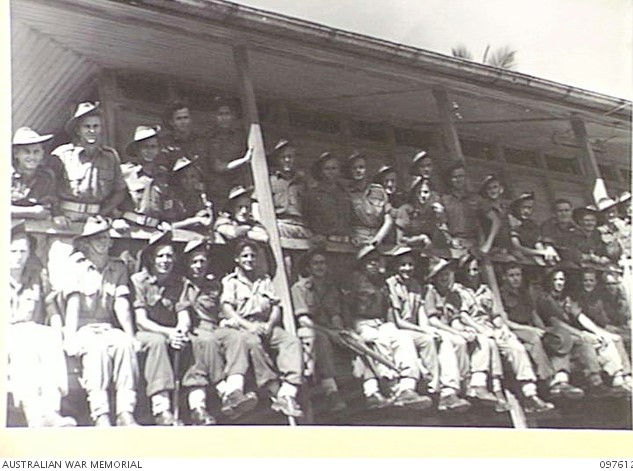
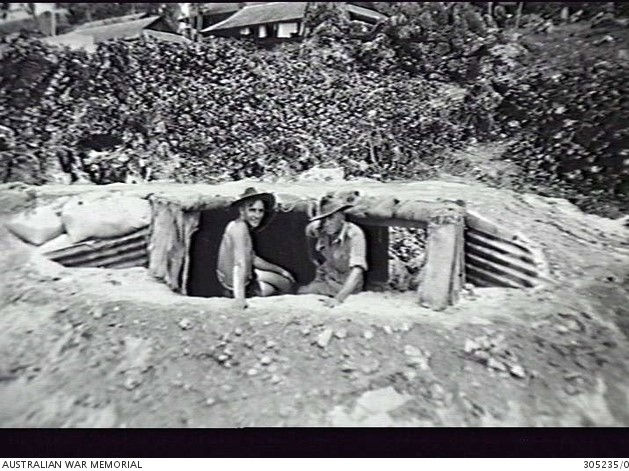

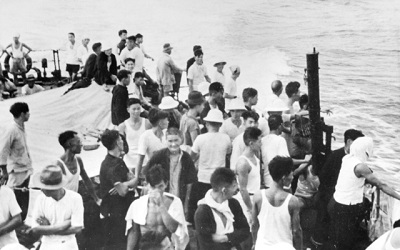

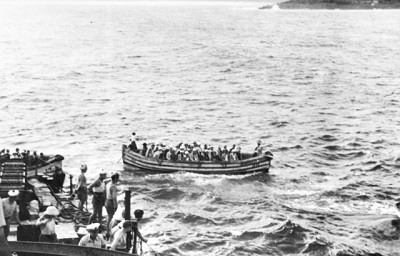
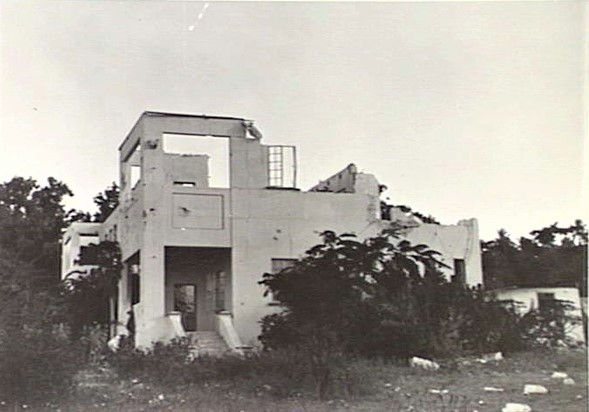



I was very pleased to find out some information about Ocean Island. My Uncle snd his wife were there he worked BPC His name was William (Bill) Hague, his wife was Alison they always said they enjoyed there time there.. It has taken me 80 years t track down some information as the family did not talk about the WAR. Thank you fr having such good information. Charmayne Bartholomeusz from Woodanilling WA PO Box 97 6316